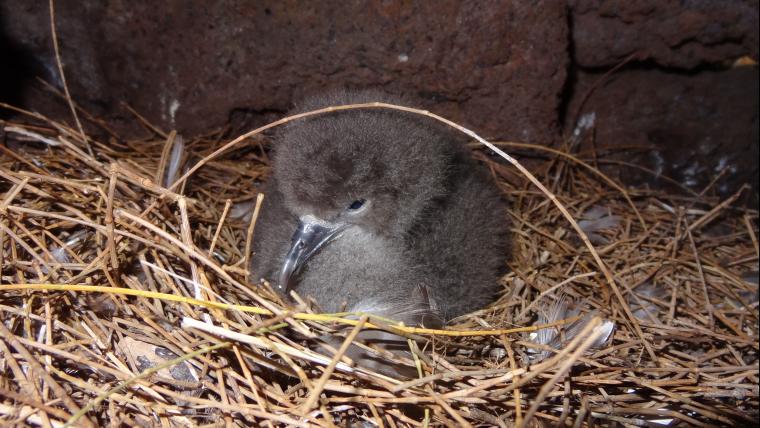
Up all night in search of coastal ghosts
Hundreds of wedge-tailed shearwaters glide through the night and plunge toward underground burrows. Their return takes place under the cover of dark after days foraging for food away from their young. These ghost birds, named for their eerie calls, are difficult to track. As well as being nocturnal, they weigh just 250 grams – too small to be easily fitted with traditional monitoring devices. Danielle van den Heever has adjusted both her sleep patterns and her research instruments in an effort to study and preserve the numbers of these delicate creatures.
Van den Heever is a Zoology Master’s student and member of the Marine Apex Predator Research Unit at Nelson Mandela Metropolitan University. She’s helping scientists track ghost birds in the Seychelles and Reunion Island to protect their feeding grounds from overfishing, a practice that has destroyed countless other species. Until now, the birds were mostly observed through their burrows on land or from a distance in boats. But Van den Heever has been able to record their feeding habits and ecology without harm by fitting 12-gram devices to their tail feathers using waterproof tape.
By studying the last three breeding seasons, she discovered that some shearwaters fly up to 800 kilometres in search of food. Thanks to this research, Van den Heever can recommend their destinations be declared Marine Protected Areas, where fishing is controlled or restricted to preserve the population. Van den Heever has committed to ensuring the wellbeing of those who depend on the ocean. Through the student’s work, scientists are able to gather more precise information that will enable them to protect the birds and prevent a crisis.






























Please sign in to leave a comment